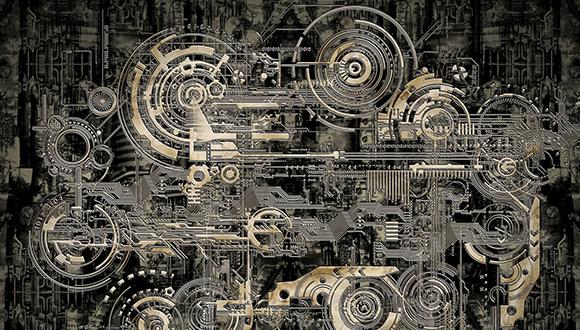סמינר: "שיפור מספר המצב בשיטות מוטבעות המבוססות על טכניקת ניטשה"
עם שני עמאר - סטודנטית לתואר שני
~~
"ZOOM" SEMINAR
SCHOOL OF MECHANICAL ENGINEERING SEMINAR
Wednesday, March 3, 2021 at 14:00
Improved conditioning for non-conforming discretizations based on Nitsche's method
Shani Gabay
MSc Under the supervision of Prof. Isaac Harari
Embedded methods are used to analyze complex problems involving complicated and evolving geometries, multi-phase flow interfaces, fluid–structure interaction and contact. The use of embedded methods gives rise to ill-conditioning in the presence of small "cut" elements. Thus, lead to convergence difficulties. Nitsche's formulation is a stabilized approach for enforcing surface constraints weakly and exhibits robust performance compared to other classical embedded approaches. Our goal is to improve the conditioning of Nitsche's method.
In previous work, Nitsche’s stabilization parameter was considered to be a significant source of ill-conditioning. Modifying Nitsche's formulation for interface problems by weighting averages of interface flux precludes very large values of the parameter in the presence of small domains or large contrasts in coefficients [1,2], although the ultimate effect on conditioning was not examined. Our studies show that this approach by itself fails to alleviate severe ill conditioning. Similar ideas for enforcing boundary conditions are not available.
Recent work [3] outlines two causes for ill-conditioning resulting from small cut elements: basis functions being small and higher-order shape functions becoming nearly linearly dependent. We claim these are in addition to the cause of small integration domain and high values of the stabilization parameter, as already mentioned. Our numerical studies show the degradation to be confined to the relatively small sub-matrices associated with the cut elements. Based on this finding, we propose an algebric elimination of the associated dof's, by the technique known as "static condensation", to overcome the ill-conditioning of the system. This simple and low-cost procedure has been tested and proved to be effective for all the examples of boundary and interface conditions presented in this work.
[1] Annavarapu, Chandrasekhar, Martin Hautefeuille, and John E. Dolbow. "A robust Nitsche’s formulation for interface problems." Computer Methods in Applied Mechanics and Engineering 225 (2012): 44-54.
[2] Jiang, Wen, Chandrasekhar Annavarapu, John E. Dolbow, and Isaac Harari. "A robust Nitsche's formulation for interface problems with spline‐based finite elements." International Journal for Numerical Methods in Engineering 104, no. 7 (2015): 676-696.
[3] de Prenter, Frits, et al. "Condition number analysis and preconditioning of the finite cell method." Computer Methods in Applied Mechanics and Engineering 316 (2017): 297-327.
Zoom Meeting
https://zoom.us/j/96584758181?pwd=WC9PMXdsYzJ3NFdEN2Q5ZUtOZEVjdz09


